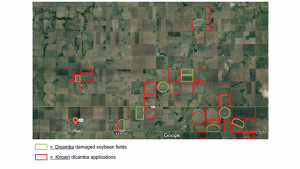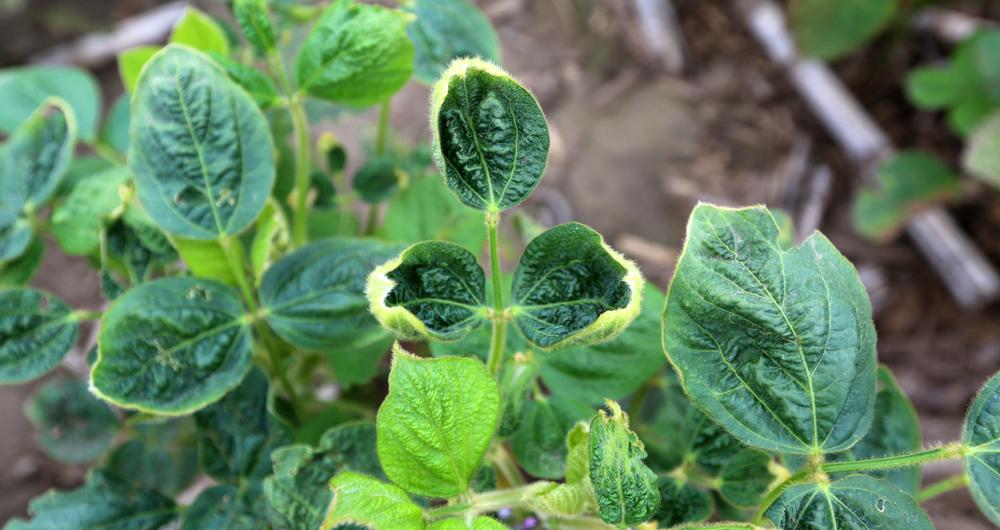A new presentation is circulating among ag nerds that was given by Tim Creger, the Pesticide/Fertilizer Program Manager for the Nebraska Department of Agriculture to the Association of American Pesticide Control Officials (AAPCO).
Creger and his team are responsible for handling all reports of damage from drifting herbicides, and like state agencies around the Midwest they were swamped the last couple of years with dicamba complaints (see a comprehensive list of our Special Coverage on this crisis here).
And, he obviously has a healthy sense of humor because he sums up their last couple of years this way:

But, all joking aside most of the presentation is full of important facts and figures about the impact of dicamba drift on Nebraska farmers and regulators. Creger reports that in 2017, the first season the new dicamba formulations designed for use with herbicide-resistant crops were on the market, there were 95 claims of drift damage, just 24 of which were investigated due to staffing and budgetary limitations.
The next year, they were more prepared and of the 106 claims, all 50 that needed it were given field investigations. Also, labs tested 56 samples of soybeans or other crops for dicamba in 2018, 52 of which had detectable amounts of the herbicide on the damaged plants. That’s 93%!
Understandable given the striking image in his presentation of damaged fields (in green) penned in by their neighbors farms that use dicamba (in red):

Creger also notes that there is little that regulators can do re: enforcement. Currently Nebraska officials are unable to monitor for drift caused by temperature inversions. And, most enforcement actions for violations of application requirements were “successfully challenged by the applicator.” But, there were a handful of cases where obvious infractions such as a lack of paperwork or proper training were reported. But overall, he says, “we really don’t know if the added label restrictions actually reduce off-target harm” (Creger, 2019).
One last important point to share from the presentation – dicamba drift issues are eating up so much of state agricultural agencies limited resource, “what becomes of routine work that provided compliance assurance?”
What is slipping through the cracks will officials are busy chasing down dicamba complaints? We can chalk this concern up on the long list of unintended consequences of the herbicide treadmill.
Source:
Creger, Tim, “Investigation of Dicamba Claims,” 2019, Presentation to AAPCO.

